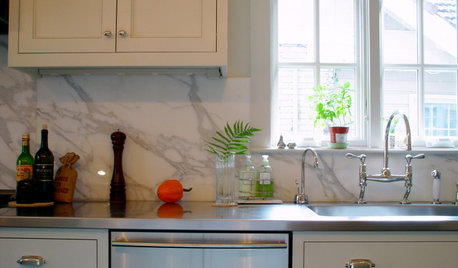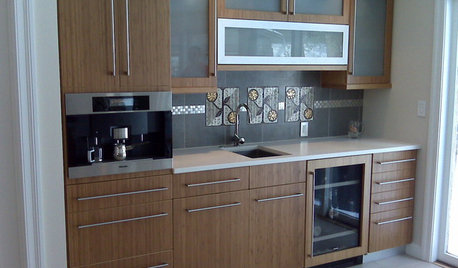Miele dishwasher water source - hot or cold?
livebetter
12 years ago
Featured Answer
Sort by:Oldest
Comments (34)
Kieffers_Guy
12 years agodeeageaux
12 years agoRelated Professionals
Newington Kitchen & Bathroom Designers · Schenectady Kitchen & Bathroom Designers · Winton Kitchen & Bathroom Designers · Eagle Mountain Kitchen & Bathroom Remodelers · Fremont Kitchen & Bathroom Remodelers · Mooresville Kitchen & Bathroom Remodelers · Rochester Kitchen & Bathroom Remodelers · Trenton Kitchen & Bathroom Remodelers · Hawthorne Kitchen & Bathroom Remodelers · East Saint Louis Cabinets & Cabinetry · Effingham Cabinets & Cabinetry · Red Bank Cabinets & Cabinetry · Rowland Heights Cabinets & Cabinetry · Wadsworth Cabinets & Cabinetry · Bellwood Cabinets & Cabinetryasolo
12 years agolivebetter
12 years agoasolo
12 years agolivebetter
12 years agochac_mool
12 years agoasolo
12 years agoasolo
12 years agochac_mool
12 years agoasolo
12 years agochac_mool
12 years agoasolo
12 years agofauguy
12 years agochac_mool
12 years agowhirlpool_trainee
12 years agolivebetter
12 years agoasolo
12 years agodavidro1
12 years agodadoes
12 years agoasolo
12 years agoaprince
12 years agoUser
8 years agoabenyjones
8 years agodan1888
8 years agoabenyjones
8 years agorococogurl
8 years agokaseki
8 years agolc29
8 years agoUser
8 years agoeshmh
8 years agolast modified: 8 years agodadoes
8 years agokaseki
8 years ago
Related Stories

HOUSEKEEPINGDishwasher vs. Hand-Washing Debate Finally Solved — Sort Of
Readers in 8 countries weigh in on whether an appliance saves time, water and sanity or if washing by hand is the only saving grace
Full Story
HOUSEKEEPINGTackle Big Messes Better With a Sparkling-Clean Dishwasher
You might think it’s self-cleaning, but your dishwasher needs regular upkeep to keep it working hard for you
Full Story
KITCHEN DESIGNHow to Keep your Dishwasher in Tip-Top Shape
As your dishwasher goes into overdrive, here are a few tricks for getting your plates, glasses and silverware sparkling clean
Full Story
FEEL-GOOD HOMESimple Pleasures: Get Cozy on a Cold Day
Some things are best when the weather is bad. Heat up some cocoa and join the discussion
Full Story
ARCHITECTURE15 Smart Design Choices for Cold Climates
Keep your home safe and comfortable in winter by choosing the right home features and systems
Full Story
GARDENING GUIDES6 Lovely Water-Wise Perennials for High Altitudes
Even if your climate is cold and dry, you can still celebrate spring with these hardy and colorful perennials
Full Story
KITCHEN DESIGNHot Ideas and Tips for Coffee and Tea Stations
Let options like drawer inserts and built-in coffeemakers percolate now, so your hot-drinks station can best serve holiday guests
Full Story
GREAT HOME PROJECTSHow to Switch to a Tankless Water Heater
New project for a new year: Swap your conventional heater for an energy-saving model — and don’t be fooled by misinformation
Full Story
SAVING WATER11 Ways to Save Water at Home
Whether you live in a drought-stricken area or just want to help preserve a precious resource, here are things you can do to use less water
Full Story
GREEN BUILDINGWater Sense for Big Savings
Keep dollars in your pocket and preserve a precious resource with these easy DIY strategies
Full Story







abenyjones